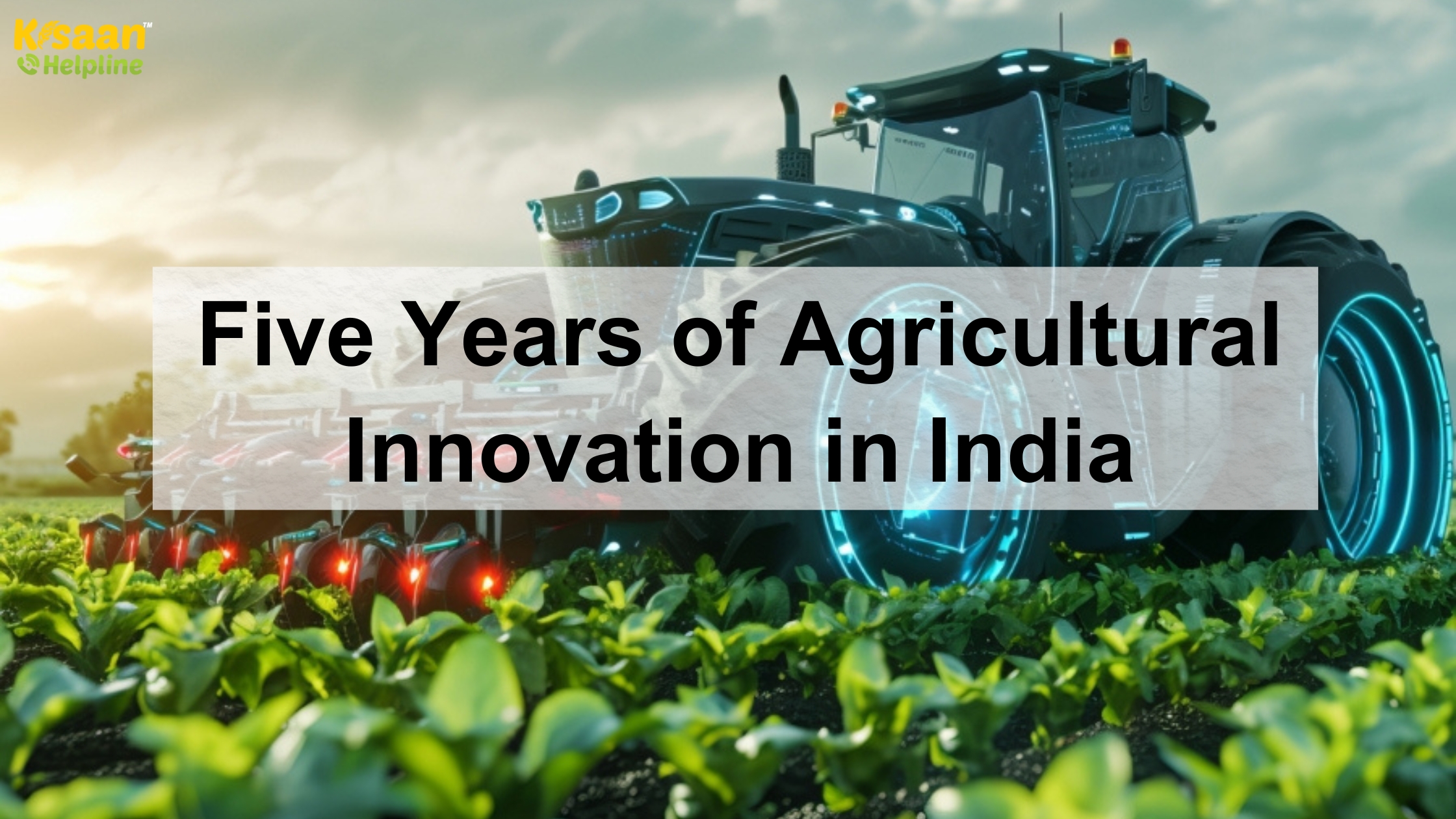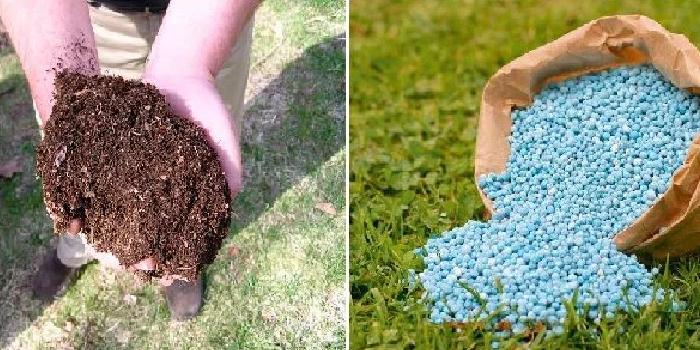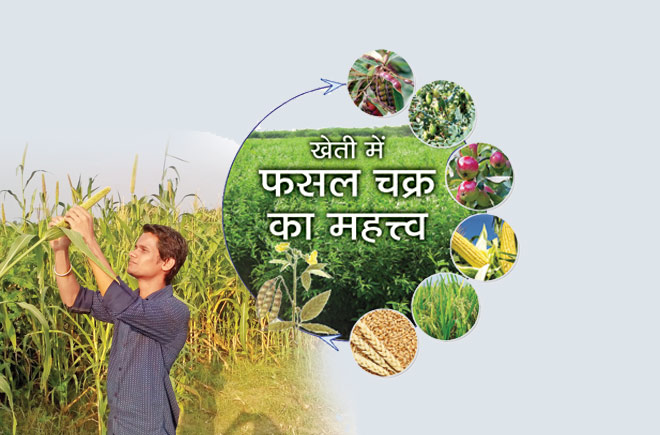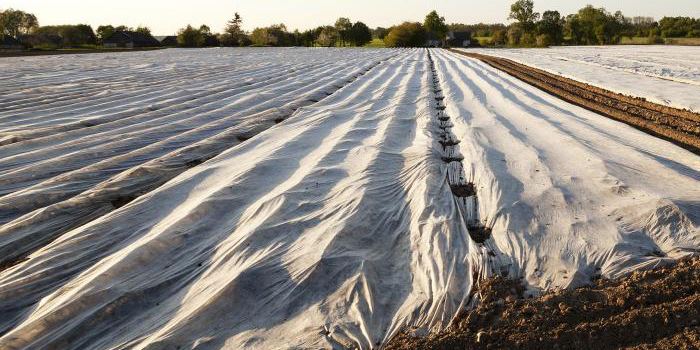Five Years of Agricultural Innovation in India: Transforming Farming and Market Access (2019–2024)


Kishor Dhakad
18-09-2025Introduction
Innovation has been transforming every sector at a rapid pace, and agriculture is no exception. Over the past five years (2019–2024), India has experienced significant technological advancements in farming. From drones and IoT devices to AI-driven marketplaces, these innovations have significantly improved efficiency, productivity, and market access for farmers.
Key Technological Advancements in Agriculture
1. Precision Farming and Smart Technologies
Precision farming, backed by AI, ML, IoT, and drones, has revolutionized Indian agriculture. With tools like GPS, soil sensors, and satellite imagery, farmers can now optimize planting, irrigation, and harvesting. Automated irrigation systems and smart greenhouses ensure efficient resource use, higher crop quality, and improved yields.
2. Drone Technology in Agriculture
Drones have emerged as one of the most impactful technologies in farming:
Fertilizer & Pesticide Application: Drones enable precise spraying, reducing waste and cost.
Aerial Imaging: They detect crop diseases, monitor plant health, and assess water stress.
Field Mapping: Drones provide detailed field data, helping farmers plan better.
Soil Analysis & Surveillance: Real-time data improves crop monitoring and timely interventions.
This has made farming far more accurate, efficient, and profitable.
3. AI and Machine Learning for Smarter Farming
Artificial Intelligence (AI) and Machine Learning (ML) have redefined agriculture by:
Detecting pests and diseases early.
Predicting yields with greater accuracy.
Optimizing supply chain management.
Enhancing decision-making through predictive analysis.
These technologies empower farmers with data-driven insights, improving productivity and profitability.
4. Digital Agriculture Mission and DPIA
The Indian government’s Digital Agriculture Mission and the creation of Digital Public Infrastructure for Agriculture (DPIA) have been game changers. These initiatives provide farmers with vital data, advisory services, and access to digital platforms. AI-driven marketplaces now connect farmers directly with buyers, ensuring fair pricing and reducing reliance on middlemen.
Impact on Market Access
Better Price Negotiation and Export Opportunities
Real-time crop monitoring and yield prediction enable farmers to plan harvests effectively, negotiate better prices, and reduce post-harvest losses. Improved traceability and quality standards have also opened up opportunities for premium domestic and export markets.
Reduced Dependency on Middlemen
Digital platforms and AI-enabled marketplaces have created direct farmer-to-buyer connections. This eliminates unnecessary intermediaries, ensures faster delivery, and improves farmers’ overall income.
Benefits for Farmers
Higher Productivity: Smart irrigation, precision farming, and early pest detection boost yields.
Cost Efficiency: Optimized resource use reduces input costs.
Sustainability: Technologies reduce wastage, conserve water, and promote eco-friendly practices.
Improved Livelihoods: Better access to markets and government support improves farmers’ earnings.
Conclusion
The years 2019–2024 mark a turning point in Indian agriculture. With the adoption of drones, AI, ML, IoT, and smart climate technologies, farming has become more efficient, sustainable, and profitable. Supported by government initiatives like the Digital Agriculture Mission, farmers are now better equipped to face challenges, reduce costs, and access wider markets.
This wave of innovation has not only transformed farming practices but also redefined how farmers connect to markets, making Indian agriculture stronger and more resilient for the future.
Smart farming and agriculture app for farmers is an innovative platform that connects farmers and rural communities across the country.
Explore
Important Link
© All Copyright 2024 by Kisaan Helpline
.jpg)







